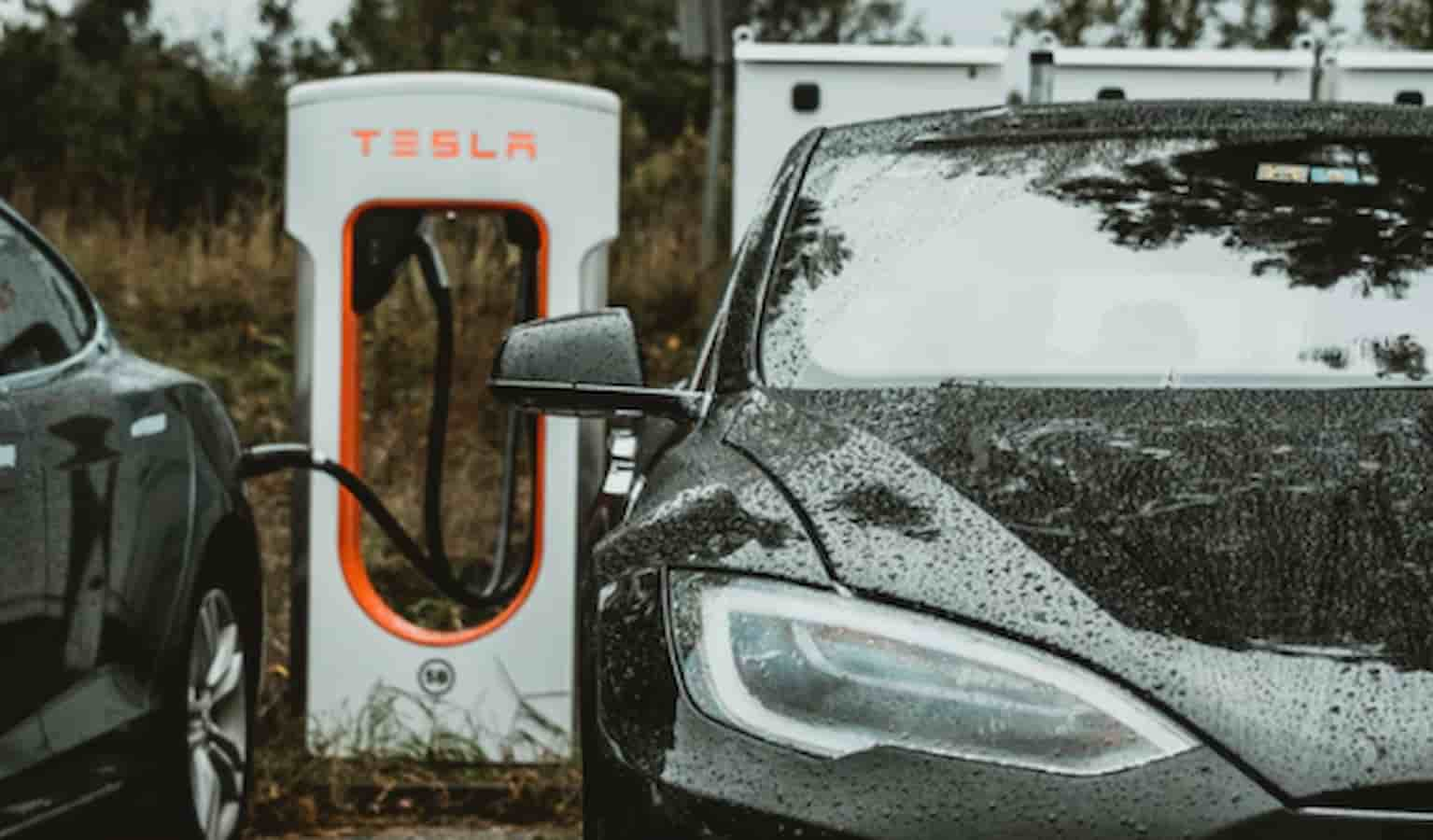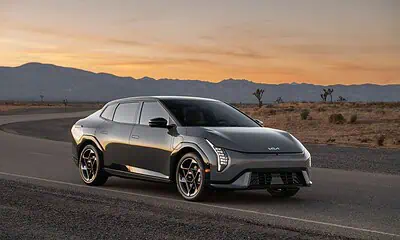Cars
Tesla’s decision to open its charging network is lame
Personally, I hate it, but I get why they’re doing it.

Just a heads up, if you buy something through our links, we may get a small share of the sale. It’s one of the ways we keep the lights on here. Click here for more.
President Biden and Tesla have come to an agreement that grants the company access to federal funding, but the only kicker is that Tesla has to open up its vast charging network to other EVs.
That’s right, folks, Superchargers are no longer limited to Tesla owners. As a Tesla owner, I’m not exactly thrilled about the news.
Sure, on the surface, it may seem like a nice gesture of goodwill towards the EV community, but let’s be honest here, it’s not all sunshine and rainbows.

First of all, have you ever been to a Tesla Supercharger during peak hours? It’s an absolute zoo.
The lines are long, and charging stations are limited. The last thing we need is even more cars clogging up the stalls.
Opening the network to non-Tesla EVs will only exacerbate the problem and create longer wait times. It’s like inviting more guests to a party already bursting at the seams.
And let’s not forget the fact that we Tesla owners have paid a pretty penny for the privilege of using these Superchargers.
It’s one of the perks of owning a Tesla, and now that perk will be watered down by non-Tesla drivers taking up the precious charging spots. It’s like opening up a VIP lounge to the masses and expecting the high rollers to be okay with it.
Other EV automakers need to step up

But my biggest question is, why can’t other automakers step up and create their own fast-charging networks?
Ford, GM, and others have had ample time to invest in their infrastructure. Why should they be allowed to piggyback off Tesla’s success?
Tesla built its charging network from the ground up, and other EV makers should do the same.
Victor Marks, writer and blogger at Knapsack and WristWatchReview, reached out to me via email and offered this simple explanation:
Why should they? We don’t have to fill petrol cars at stations that match the manufacturer. There’s no GM-only gas station – these things are cross-platform so that adoption can grow. You don’t need VW-brand diesel for your diesel gate car. If in the early days of cars, you could only use Ford-brand gasoline, it would have killed Ford adoption.
Victor makes an excellent point. I honestly can’t imagine how that would have worked if Ford required its customers to buy Ford-branded gas. As Victor says, that would have killed Ford’s adoption, without a doubt.
The upside of letting other EVs use Tesla’s charging stations
Sure, Tesla’s decision to open up its charging network to other EVs could have some upsides—for example, highway chargers.
Tesla Superchargers on the highway are, in most cases, a ghost town, which means that non-Tesla EV owners can take advantage of the high-speed charging capabilities without waiting in long lines.
This could be a game-changer for long-distance travel in EVs, which has long been a pain point for drivers of all makes and models.

So, while I may have some reservations about Tesla’s move, I can’t deny that there could be some serious benefits.
Who knows, maybe this could be the push we need to get more people to adopt the EV hype. Maybe it will; maybe it won’t.
But if you’re a Tesla owner reading this, consider investing in a home charger if you haven’t already.
Have any thoughts on this? Drop us a line below in the comments, or carry the discussion over to our Twitter or Facebook.
Editors’ Recommendations:
- The best Tesla winter driving tips (FSD, battery, tires, and more)
- Does the Tesla Model 3 hold its value?
- How much is the cheapest Tesla?
- How to reset a Tesla screen
































